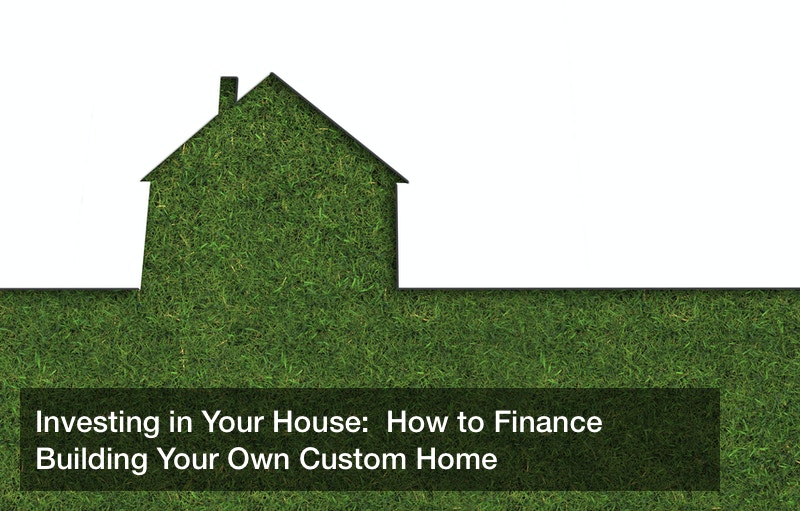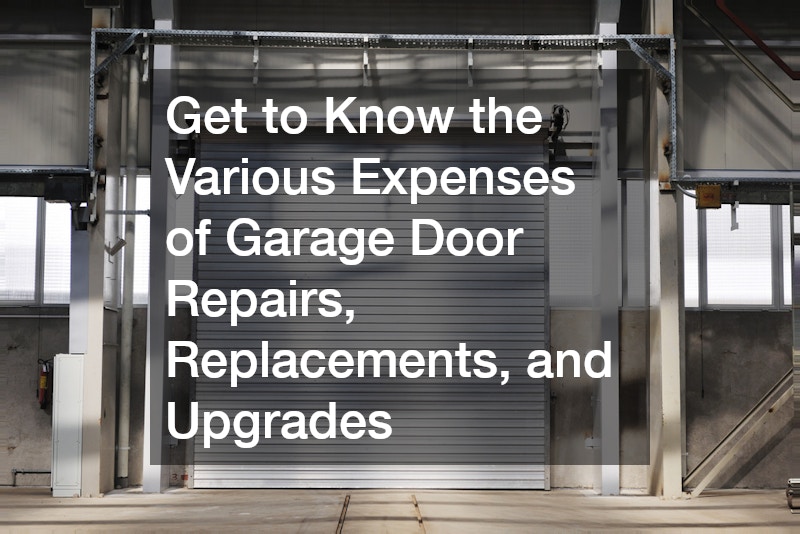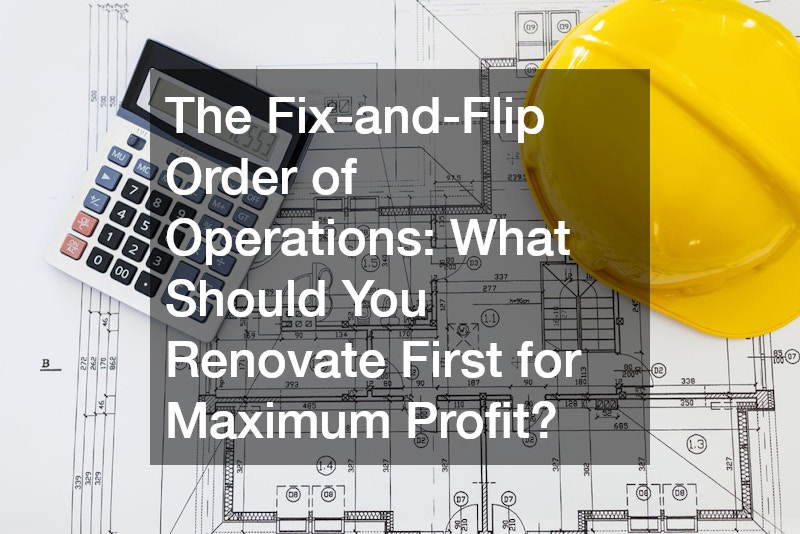

40% of Americans say that, if costs were the same, they’d prefer a new construction home over a pre-existing house. That’s not surprising, since brand-new, custom homes are far less likely to conceal hidden problems for you to discover later. However, they also tend to be more expensive, not to mention complicated.
From LiDAR surveying your land to putting on the finishing touches, home building is an exciting but costly process. Countless families enjoy planning and constructing their dream homes together, but it usually comes after years of saving money as they discover how to invest in your home.
But maybe the cost of building a new home yourself is worth it to you. It’s certainly an exciting idea to many people. But do you know how to invest in your home when you want to build a new one? Between buying the materials and getting expensive equipment like forklifts for rent, figuring out how to invest in your home can be a challenge for anyone.
In this article, we’ll explain how to invest in your home with different financing options, that will cover your project from foundation to roofing services. We’ll also briefly discuss strategies for saving money to build your future dream home. By the end of this article, you’ll know how to invest in your home in a way that works for you.
Types of Loans and Financing Options
The types of financing available for new construction homes are not the same as a typical home mortgage. When you get a mortgage, you’re purchasing an existing structure, as well as the land around it. And even though there are many loan types available for home buyers, the process of getting a mortgage is fairly straightforward.
However, construction loans are a different matter altogether. There are three primary transactions involved in custom home building: the land purchase, the construction, and a mortgage. To finance a finished home in its entirety, you’ll need a separate loan for each transaction. Some money lending institutions do offer package deals where you can get multiple loans at once, but you will want to shop around before making a decision. To begin, keep reading to learn about the different financing options available for custom homes.
Lot Loans
Before you can build a new house, you’ve got to have land to build on. And unless you already own a piece of land that you’re allowed to build on, you’ll need a lot loan to finance one.

Lot loans are available from a wide variety of financial institutions, but there can be many variables between them. Loan periods typically range between two and 20 years. Both the cost of land and interest rates will be different depending on where the property you’re purchasing is located. Land that’s closer to a municipal center is usually more expensive. As a rule, you should expect the down payment to be higher than it would be for a traditional mortgage.
When you choose a lot to purchase, you will want to take as many factors into consideration as you can: the lot’s proximity to a town or city center; its potential for increasing or decreasing in value over time; the quality of nearby schools; and any local laws on zoning and land use. A contractor or surveyor will use special measurement tools to ensure the lot complies with zoning laws and isn’t in a flood plain.
You will need to close on the lot before you can begin building on it, but first, you’ll need to be approved for the loan. The lender will want to know your annual income, the total cost, and duration of the desired loan, your financial history, and how much you can pay as a down payment.
Depending on the location, lots are typically much less expensive than either construction costs or new homes. Because of this, some home builders will buy a lot outright using cash and focus on getting one or both of the next two loans: a construction loan for the building, and perhaps a mortgage loan for the finished house. We’ll explain each of those next.
Construction Loans
To finance a building project, you will need a construction loan. While loans for houses, cars, and pieces of land involve borrowing money to buy a tangible asset, construction loans are for investing in structures that don’t exist yet. This means that banks face substantially more risk when they loan out money for building projects since there’s no existing valuable asset available to repossess if the borrower stops paying.
As you can imagine, there are relatively few institutions that offer construction loans. If you’re working with reputable home builders to construct your home, they should be able to tell you what banks offer construction loans. They may even be able to help you secure a loan, especially if they’re locally recognized for their high-quality construction.
Unlike most other types of loans, construction loans have very short durations, usually between 12 and 18 months depending on the expected length of the project. A down payment of 20-30% of the total cost will probably be required, depending on your creditworthiness.

One of the more confusing parts of learning how to invest in your home is that a construction loan isn’t the same as a mortgage, but you will need a mortgage for your completed home when it’s finished. This is because a construction loan only lasts between one year and 18 months — not nearly enough time for the average household to pay back an entire home loan. Once the construction is finished, you will need another bank to assume the debt of your construction loan and give you a mortgage on the finished house. If you don’t have a mortgage at the end of your construction loan period, you will need to be able to pay it off in full. Often, a lender will need to see evidence of pre-approval for your permanent mortgage before they’ll approve your construction loan.
This is the case for a standalone construction loan, but there are other types of loans available. A construction-to-permanent loan (C2P) automatically converts from a construction loan to a mortgage when construction is finished. This conversion may be referred to as a modification or refinance, but it just means that the same lender which provides the construction loan will later recognize your loan as a mortgage. These types of deals are also called one-step or single-close loans. Because they cover the entire process, from finding construction equipment for sale to making your last mortgage payment, they’re very convenient options.
If you don’t opt for a C2P loan, keep reading to learn how to invest in your home with a mortgage loan once the construction is finished.
Mortgage-Based Loans
The last type of financing you’ll need for building a custom home is a mortgage or permanent loan. This is the typical loan that most people use when they buy a home. Interest rates on your mortgage will depend on the value of your completed home and your financial position, among other considerations. As we mentioned above, a mortgage is necessary because it’s a long-term loan that will give you up to 30 years to pay off your home, unlike a construction loan that expires in less than two years.
When a mortgage loan is offered, the home being purchased is used as collateral to secure the loan. Obviously, no such collateral exists before the home is built, which is why down payments and interest rates can be so high for construction loans. But once your house is fully-built, a bank will take on your debt and give you a mortgage that you can pay off over several years.
Although many banks that offer construction loans will convert it to a mortgage at the end of the loan period for you, you should shop around to make sure you’re getting the best deal. Often it’s better to use one bank to finance your construction and another to provide your mortgage. If you’re unsure, a skilled financial planner may be able to advise you and help you compare different options.

Home loans aren’t your only option when it comes to building a new house. Many people spend a few years saving money to build their dream home, allowing them to get smaller loans when they do need financing. For some excellent money-saving strategies, keep reading.
How to Invest in Your Home by Saving
Saving money for big goals is important. Even if you have no wish to buy your future home in cash, you’ll still need money in the bank to make the necessary down payments. Here we’ll share some tips and strategies for setting money back.
Create a Budget
When you get down to it, saving money is really very simple: it’s just a matter of spending less than you earn. But if you’re like many people, you may not even know how much you spend every month. Too often people buy what they think they need without keeping track of their spending, falling back on credit cards when they accidentally exceed their income. As you figure out how to invest in your home, you’ll quickly realize that this lifestyle isn’t compatible with your dream of owning a custom house.
To make a budget, start out by calculating exactly how much take-home pay you earn in a month. Then subtract what you need for recurring payments, and look at receipts or credit card statements from the past month to determine how much you spend on groceries and other flexible expenses. Hopefully, you’ll have something left over after you subtract your expenses from your paycheck. If not, you’ll need to either cut costs in every way you can or find a way to increase your income. Since you’re specifically focusing on the goal of building your own home, you should probably do both.
Cutting costs is never fun, but you can use the mental image of your future home as motivation to get through it. You might even consider using a vision board to inspire you every day to work towards your dream — hang a corkboard on the wall somewhere so you’ll see it every day, and attach images to it of what you’d like your house to look like. You can use a Pinterest board instead for easier organization.
Pay Down Debts First
If you have expensive credit card interest eating up your paycheck every month, it won’t do you much good in the long run to start saving. While you should have a small emergency fund for unexpected expenses, like car repairs or HVAC services, any extra money you earn should go to paying off your credit cards.

Debts like student loans, auto loans, and existing mortgages are also good to focus on, their interest levels are usually much more manageable than credit cards are. Whatever debts you choose to focus on, once you have them paid off, you’ll be able to quickly save enough money to build your home, without existing debts absorbing all of your extra cash.
Pay Yourself First
Usually when people start saving money, they wait until the very end of the month to see how much is left after expenses. While this makes sense on the surface, it doesn’t create much incentive to cut costs or earn more. And as often as not, you’ll get to the end of the month only to see that, somehow, you ended up spending everything you had.
To combat this problem, people who have mastered the game of money know to pay themselves first. Every time you get a paycheck, you should calculate how much you should be able to save based on your budget. Then put that amount into your savings, and don’t take it out for any reason! For the rest of the month, you’ve got to stick to your budget or go under — or find a way to earn more money if you need it.
While there’s no hard-and-fast rule against taking money out of your savings account if there’s a legitimate need, putting it “out of reach” in this way creates a psychological barrier against dipping into your savings. Even though you could technically use the money you’ve saved for weekly expenses, because of your goal and the actions you’ve taken so far, you’ll be unlikely to do that.
Pretend You’re Already Paying for Your Mortgage
This is another psychological “hack” that can make preparing to own a home easier: for several months before building your home, start living as if you’re already paying the mortgage payment. Based on the kind of house you want, estimate how much your mortgage payment will be, and begin setting aside that amount or greater every month. Of course, you can subtract whatever you’re currently paying for rent from this amount, since you won’t have a rent payment in your new house. This is a good way to motivate yourself to increase your income in advance of owning a home.
And with that, you now know how to invest in your home, both with traditional financing and by saving money on your own. From preparing the land to buying metal fabrication, this information should help you figure out how to invest in your home.




